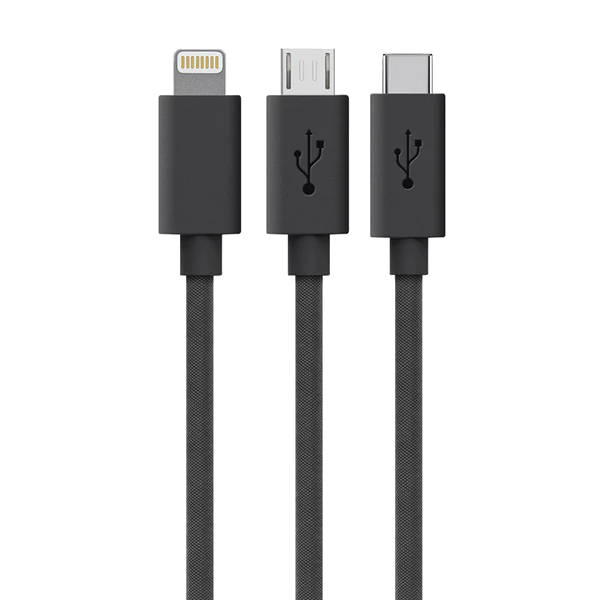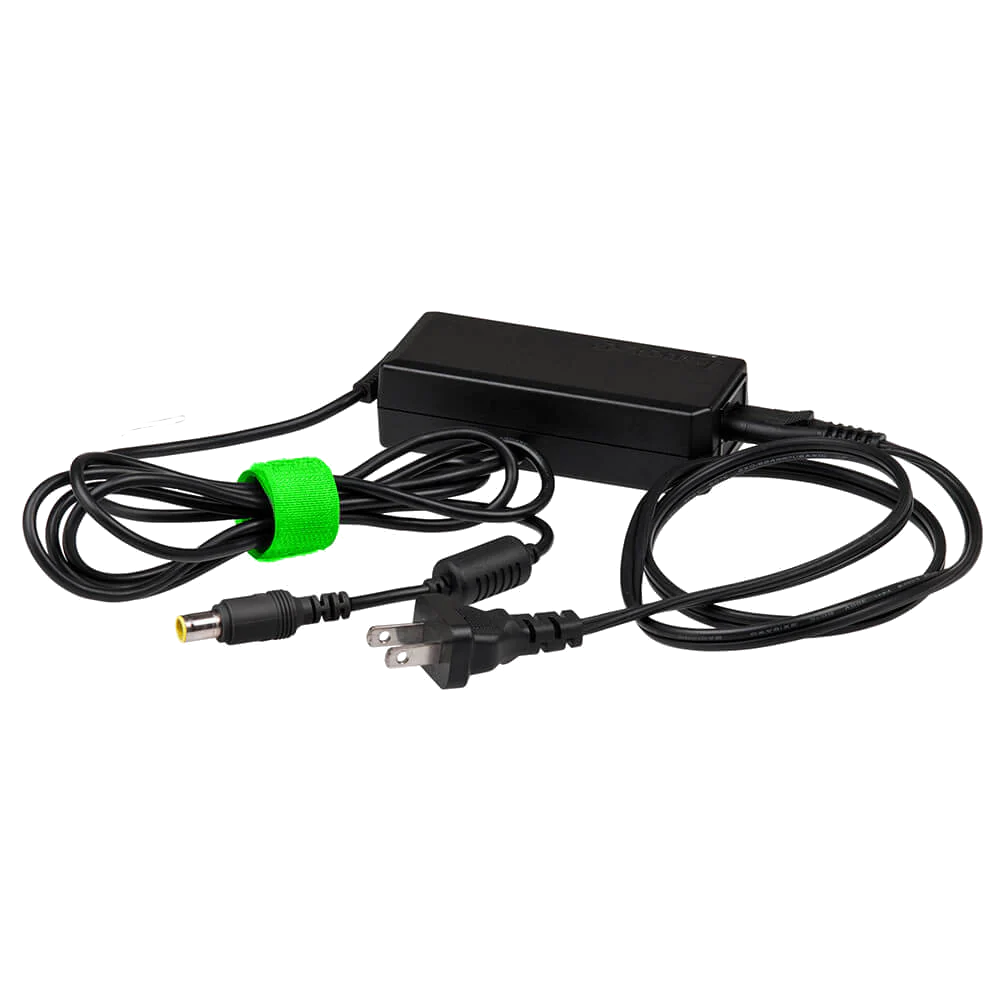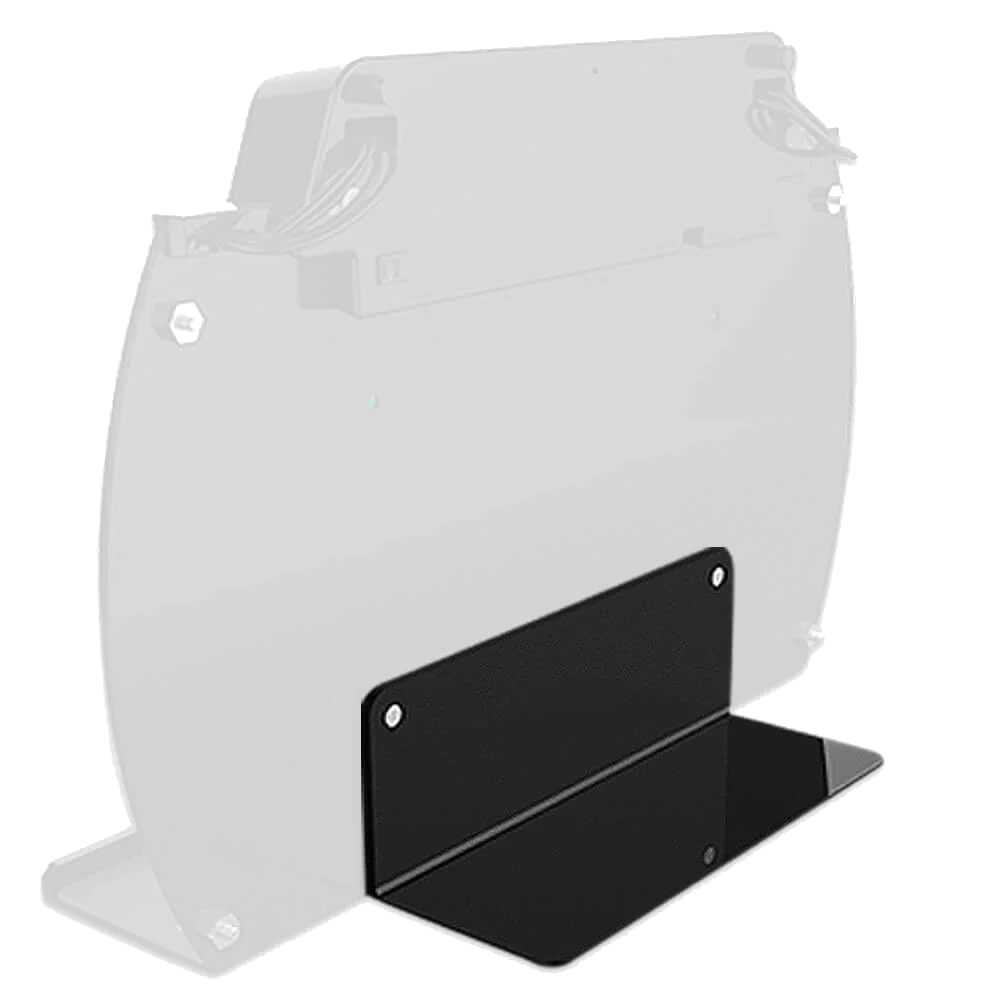If you read the business section of any newspaper, you’ll stumble across articles claiming that the brick and mortar retail industry is dying off. It’s hard not to feel that way when twentieth century stalwarts like Sears and Toys R Us are shuttering stores at breakneck speeds. As The Atlantic notes, the deck is stacked against traditional retail businesses with the increase in online shopping, the lingering effects of the 2008 recession, and changes in consumer habits.
While traditional retail industry giants are disappearing, the retail landscape is not all doom and gloom. Rather, the retail industry is in the middle of a transformation— and only the businesses that change to meet new consumer demands and habits will be able to survive.
Today’s Demands, Tomorrow’s Retail
As Forbes notes, brick and mortar retail isn’t dying, it’s boring retail that’s dying. Studies estimate that by 2025, a surprising 80% of all retail sales will (still) take place in brick and mortar shops. In-store is still a preferred channel for many shoppers given consumers’ ability to see and touch the goods they’re spending hard-earned money on. What’s changing is how shoppers behave in store and the experience they expect from the establishment—including touches like free in-store WiFi and store display charging stations.

According to Steve Dennis, retail industry expert, the digital transformation is having a profound effect on the relationship between retail businesses and their customers. He writes:
“the power has shifted overwhelmingly to the customer and what was once scarce—pricing and product information and anytime, anywhere, anyway product service access—is now mostly ubiquitous We no longer go online, we live online, and a smartphone is a nearly constant shopping companion for many consumers. Lastly, most shopping journeys now start in a digital channel, making the need for a customer experience that is well harmonized across physical and digital touch points increasingly essential.”
Consumers expect the same level of information and seamlessness in the brick and mortar experience as they get with online giants like Amazon. Consider how much information is available to consumers who shop online: an Amazon product page provides pictures, videos, product description and specifications, answers to consumer questions, and the all-important customer review, which people trust as much as their friends for recommendations. Consumers try to bridge the gap on their own through their smartphones—up to 80% use their phones in store—but retailers who don’t alter the way they adapt to these changing consumer demands will face rocky times in the future.
Experience Over Price
The convergence of the digital experience and the brick and mortar experience will have profound effects on the future of retail shopping. The most glaring trend is the view that shopping trips to malls and stores are now experiences rather than the simple act of purchasing goods at the best prices.
According to Forbes, retail shopping is becoming more experience driven, which is why shopping malls are seeing more people spending time at restaurants, as well as enjoying interactive and live product demos in stores. Another part of this shift, asserts Forbes, is the addition of “climbing walls, jumping pits, cinemas, bowling alleys, comedy clubs,” and high-end food courts that keep people engaged and on-premises for longer periods.These changes are not only driving more consumer traffic to malls, but they’re creating longer customer dwell times. According to CNBC, getting customers to eat at the mall increases the amount of time they spend browsing by an impressive 35 minutes, on average.
Better food is just the tip of the iceberg. As Forbes argues, the future of retail shopping centers will be destination centers, “where flagship stores will play a more prominent role with greatly enhanced experiences added into the mix, including restaurants, theaters and event spaces, museum exhibitions, as well as attractions like theme parks, indoor skating and ski slopes, and water parks.”
As retail shopping becomes more experience-oriented and consumers come to expect a digital shopping-style experience for their purchases, mobile devices will play an important role in mediating the customer-company relationship.

Mobile Is Redefining the Retail Customer Experience
The mobile revolution in retail shopping will be driven in part by information and big data, as well as by consumers’ smartphone habits.Thanks to online shopping, consumers are trained to expect a high level of information when making purchases; they’re also used to quickly looking for better deals at other online retailers. Those habits don’t die when they’re shopping in-store. According to Outer Box Design, “80% of shoppers used a mobile phone inside of a physical store to either look up product reviews, compare prices or find alternative store locations.”
Mobile use in retail stores is beneficial to both consumers and businesses, and adapting to this new reality is a must for companies moving forward. In particular, they need to continue incorporating mobile usage into their customer experience considerations. According to BizTech Magazine, the customer experience is one of the top factors that encourages consumers to return to retail stores--its significance to retail success today can therefore not be underestimated.
Many retailers are catching on to this trend and adapting their strategies this year. As Forbes notes, “2017 was the year of digital discovery; 2018 will be the year of technology and more integration of it into mainstream retail. It will be the year where we see retailers create new operating models that are less focused on their store vs. the web and more focused on creating experiences that give customers more control and convenient ways to shop.” From integrating Artificial Intelligence and the Internet of Things (IoT) in-store to providing Instagram-worthy displays and decor, holding customers’ attention is key.
By embracing the mobile revolution, retailers are gaining intelligence they would have never had before thanks to increased online shopping, mobile usage, and longer dwell times in store. Retailers are embracing the data they can gain from their own online sites, advances in in-store tracking from companies like Adobe, and the adoption of retail IoT technology.
Many stores are turning to WiFi availability as a marketing tactic, encouraging consumers to stick around and enjoy the free data on their smartphones. This is one part of a broader attempt by stores to create enjoyable experiences that promote longer dwell time. Moving forward, as retail spaces become experience-driven destinations, retailers need to make sure they’re addressing the mobile needs of their customers. And store display charging stations are key to meeting those needs.
The Business Case for Store Display Charging Stations
For many shoppers, low battery anxiety is a real fear. When consumers need their phone to get through the day, wasting precious phone battery comparing prices while standing in a store is a non-starter -- especially when they can go home and do the same thing in comfort.Retailers can address low battery anxiety in many creative ways, and in doing so can improve the customer experience and increase customer dwell time. Let’s take a look at a few ways in which retailers can incorporate charging kiosks into their customers’ experiences.
-
Place Charging Stations Where People Naturally Wait
Malls are full of spaces where people tend to congregate, wait, or sit down. Many malls include seating in public areas between stores—seats usually occupied by bored boyfriends or harried parents looking for a break. Placing a ChargeTech S9 Power Stand Charging Kiosk in these locations will allow people to recharge their phones while they recharge themselves.
By allowing customers to recharge while they wait, retailers and malls decrease consumer battery anxiety, allowing consumers to stick around and shop longer.
-
Provide Locker-Style Charging Stations for Experience-Driven Retail
As consumers are increasingly attracted to experience-driven retail, retailers and mall designers have an opportunity to provide secure charging locations.
In places where you don’t need your phone—like at the movie theater—a charging station equipped with lockers allows consumers to stash and charge their phones, without having to worry about losing them, during the show. With their phones all charged up after the movie, consumers no longer need to rush home to avoid a dead battery while they shop.
-
Use Store Display Charging Stations as a Draw for Shoppers
Strategically placed store display charging stations can be used to draw attention to areas of stores and products that retailers want to promote. Since consumers will hang around the charging station while their phones are charging, they’ll be naturally drawn to explore the products in the vicinity.
This is a great way to push sale products or encourage impulse buys since consumers will consider those items more than the ones they’d walk by as they stroll through the store.
Boost Your Customer Experience With Charging Solutions
ChargeTech has a full line of innovative charging solutions to address every need—from wall-mounted and floor stand store display charging stations to charging lockers and ADA-compliant power charging tables.
Contact us today and we’ll help you find the right combination of charging stations for your customers.







